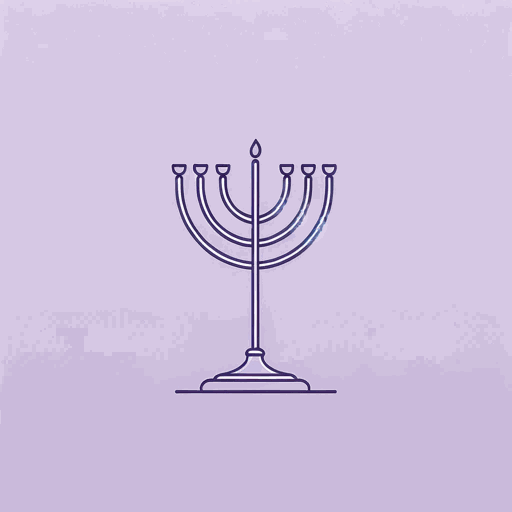46 pages • 1 hour read
Joshua CohenThe Netanyahus: An Account of a Minor and Ultimately Even Negligible Episode in the History of a Very Famous Family
Fiction | Novel | Adult | Published in 2021A modern alternative to SparkNotes and CliffsNotes, SuperSummary offers high-quality Study Guides with detailed chapter summaries and analysis of major themes, characters, and more.
Symbols & Motifs
The Church of the Assumption
The Church of the Assumption enters the novel in the second chapter. For Ruben, the Church of the Assumption becomes his personal motif regarding his Jewishness and, more importantly, how others treat him because of it. He argues they assume specific things about him, attributing to him Jewish stereotypes, for example. However, he extends this metaphor to explain that everyone is a member of the church because everyone assumes something about someone else. Thus, the church operates as a symbol for the human psychology of assuming while simultaneously operating as a motif because it alerts the reader to their own assumptions about Jewish people or the novel itself and that these assumptions are going to be challenged. This motif ties into the three major themes of the novel and with other symbols and motifs. At times, assumptions are validated, at least from the character’s perspective, e.g., Ruben’s sentiments regarding his place among the history department’s faculty (see: The Court Jew). At other times assumptions are dispelled, e.g., that all Jewish people are similar to one another (Ruben and Ben-Zion are both Jewish, but they are also antithetical to one another). Sometimes an assumption is both confirmed and repudiated, e.
Featured Collections
Guilt
View Collection
Jewish American Literature
View Collection
National Book Critics Circle Award...
View Collection
Nation & Nationalism
View Collection
Politics & Government
View Collection
Pulitzer Prize Fiction Awardees &...
View Collection
Satire
View Collection
The Best of "Best Book" Lists
View Collection
The Past
View Collection

